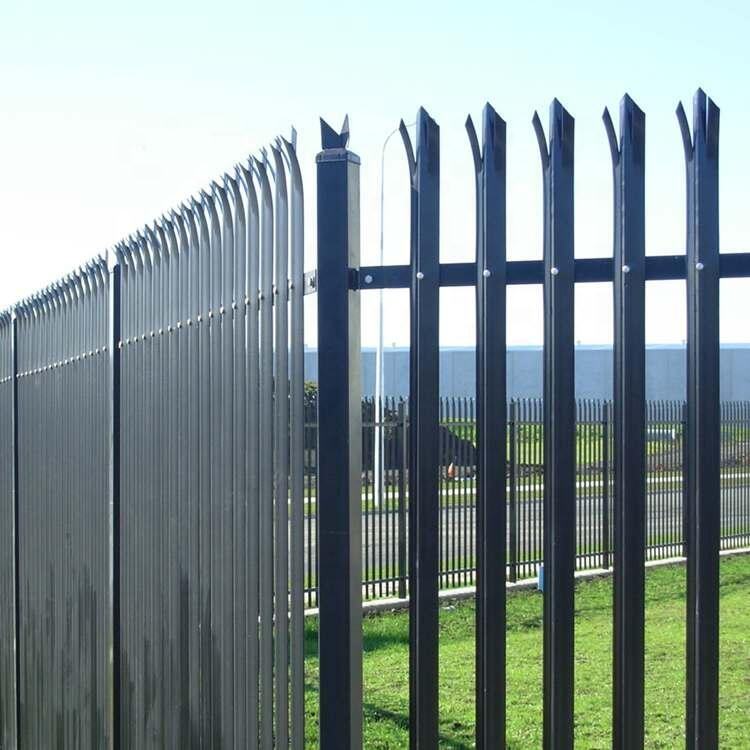The Versatility of Rope Netting Applications and Benefits
Rope netting is a versatile and practical solution that has found applications across various industries and recreational activities. Comprised of interconnected ropes that create a mesh-like structure, rope netting serves not just aesthetic purposes but also functional ones, making it an invaluable addition to many fields.
One of the most recognized applications of rope netting is in the field of climbing and adventure sports. Climbing gyms and outdoor climbing areas frequently utilize rope netting to create safe environments for enthusiasts. These nets catch climbers in the event of falls, providing an additional layer of safety. Furthermore, such netting can be used in high ropes courses, where participants navigate through various obstacles suspended in the air. Here, the netting serves dual functions—offering protection and enhancing the excitement of the experience. With its ability to absorb shocks and provide a secure landing, rope netting plays a crucial role in ensuring the safety of climbers and adventurers alike.
In the realm of agriculture, rope netting is utilized for protective measures. Farmers often employ rope nets to safeguard crops from pests and larger animals. By placing these nets over vulnerable plants, farmers can prevent damage while still allowing sunlight and rain to reach their crops. This biotechnological method aids in sustainable farming practices, ensuring healthy growth with minimal chemical interventions. In aquaculture, rope netting protects fish farms from predators, creating enclosures that allow for safe and efficient fish rearing. The breathable nature of the netting enables water circulation while keeping unwanted visitors at bay.
rope netting

Rope netting has also gained popularity in architectural design and urban development. As a decorative yet functional element, it can be employed in parks, playgrounds, and public spaces. For example, nets are often integrated into playground structures, providing children with safe climbing surfaces and enhancing their play experiences. The aesthetic appeal of rope netting can transform ordinary spaces into captivating environments, fulfilling both practical and artistic purposes. Moreover, urban planners have begun to incorporate rope netting in vertical gardens, allowing for the cultivation of greenery in urban settings where floor space is limited. These installations improve air quality, reduce urban heat, and promote biodiversity.
Another area where rope netting excels is in marine applications. Fishermen use rope nets for both commercial and recreational fishing. Durable and resistant to corrosion, these nets can withstand harsh marine conditions, allowing for effective catches without causing significant harm to aquatic ecosystems. Additionally, rope netting is often used in water sports, such as wakeboarding and kitesurfing, where nets provide safety barriers and help in managing equipment.
In conclusion, rope netting is a multifaceted tool that has found a home in diverse industries and lifestyles. From enhancing safety in sports and protecting agricultural produce to contributing uniquely to architectural aesthetics and marine activities, its applications are both practical and innovative. As the demand for sustainable and efficient solutions continues to rise, rope netting will undoubtedly remain a valuable resource across multiple domains. Its ability to combine functionality with creativity makes it an essential element in our contemporary world, bridging the gap between necessity and design.
-
Why Galvanized Trench Cover Steel Grating Resists Corrosion
NewsJul.10,2025
-
The Versatility and Strength of Stainless Expanded Metal Mesh
NewsJul.10,2025
-
Load Calculations in Steel Grating Platforms
NewsJul.10,2025
-
Keeping Pets and Kids Safe with Chicken Wire Deck Railing
NewsJul.10,2025
-
Hole Diameter and Pitch for Round Perforated Metal Sheets
NewsJul.10,2025
-
Aluminium Diamond Mesh in Modern Architecture
NewsJul.10,2025
Subscribe now!
Stay up to date with the latest on Fry Steeland industry news.

